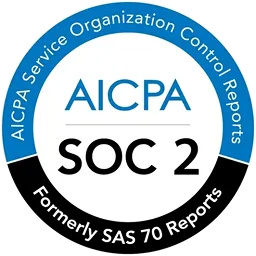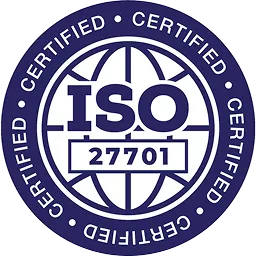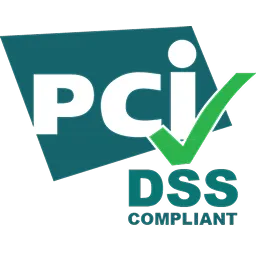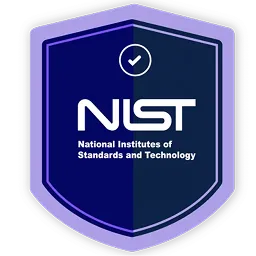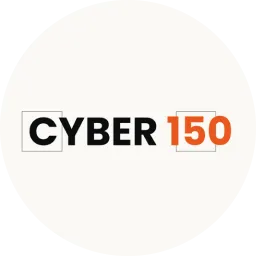Constantly evolving cyber threats make information security a top priority for organizations of all sizes. The ISO 27001 standard provides a robust framework for establishing an Information Security Management System (ISMS). This enables organizations to safeguard their essential assets online and foster stakeholder trust. Thus, it's essential to understand the ISO 27001 requirements to stay compliant with this standard.
Failing to protect confidential data adequately can result in devastating consequences, including financial losses, reputational damage, and erosion of stakeholder trust. With cybersecurity risks heightened, the ISO 27001 standard emerges as a beacon of guidance, offering a systematic and comprehensive approach to establishing, implementing, and maintaining an effective Information Security Management System (ISMS).
This article delves into the core ISO 27001 requirements, offering organizations a roadmap to achieving and maintaining compliance with this crucial standard. From defining the scope of the ISMS to conducting risk assessments, implementing security controls, and continually monitoring and improving the system, this guide covers the essential aspects that organizations must address to ensure the confidentiality, integrity, and availability of their information assets.
List of ISO 27001 Requirements (Clauses 4-10)

The ISO 27001 standard is structured into several clauses, each outlining specific requirements that organizations must implement to establish, maintain, and continually improve their ISMS. The main ISO 27001 requirements are covered in clauses 4 through 10. Let us explore them in detail.
1. Clause 4: Context of the Organization
A. Defining the ISMS scope
This clause requires organizations to define the scope of their ISMS, which involves identifying the information assets, processes, systems, and locations that need protection. The scope should be aligned with the organization's strategic objectives, considering internal and external factors that could impact information security.
Organizations must document the scope of their ISMS, including a clear description of the boundaries, interfaces, and dependencies within the defined scope. This documentation should be reviewed and updated regularly to reflect organizational context or changes in requirements.
B. Identifying risks and security measures
Organizations must identify and assess the risks associated with their information assets within the defined scope. This process involves conducting a thorough risk assessment, which typically includes the following steps:
- Asset identification: Identifying and documenting all information assets within the ISMS scope, including hardware, software, data, and supporting infrastructure.
- Threat identification: Identifying potential threats that could exploit vulnerabilities and negatively impact the identified assets' confidentiality, integrity, or availability.
- Vulnerability assessment involves identifying and evaluating vulnerabilities in the assets, systems, or processes that the identified threats could exploit.
- Risk analysis: Analyzing the likelihood and potential impact of the identified threats and vulnerabilities to determine the overall risk levels.
Based on the risk assessment, organizations must implement appropriate security measures and controls to mitigate or reduce the identified risks to an acceptable level. This process involves developing a risk treatment plan, which outlines the specific controls and measures to be implemented, as well as the responsible parties and timelines for implementation.
2. Clause 5: Leadership and Commitment
A. Top management's commitment
Effective implementation of an ISMS requires strong leadership and commitment from top management. This clause emphasizes the need for top management to:
- Demonstrate active participation and leadership in promoting information security within the organization.
- Establish and communicate the organization's information security policy and objectives, ensuring alignment with the overall strategic direction.
- Ensure the integration of the ISMS requirements into the organization's business processes and operations.
- Allocate necessary financial, human, and technological resources to implement and maintain the ISMS effectively.
B. Participating in training programs
Top management should participate in relevant information security training programs to develop a comprehensive understanding of the ISMS, its importance, and its responsibilities in supporting its implementation and maintenance.
C. Enabling resources for ISMS implementation
Top management is responsible for providing the necessary resources to implement and maintain the ISMS effectively. This includes:
- Assigning roles and responsibilities within the organization for the ISMS implementation and maintenance.
- Ensuring that personnel involved in the ISMS have the necessary competencies, skills, and knowledge through appropriate training and awareness programs.
- Providing the required infrastructure, tools, and technologies to support the ISMS implementation and ongoing operations.
- Allocating financial resources for acquiring, implementing, and maintaining security controls and measures.
3. Clause 6: Planning for Risk Management
A. Conducting risk assessment
Organizations must establish a systematic and documented process for conducting risk assessments to identify, analyze, and evaluate information security risks. The risk assessment process should consider factors such as:
- Threats: Potential causes of unwanted incidents that could disrupt operations, unauthorized access, or compromise information assets.
- Vulnerabilities: Weaknesses or gaps in the organization's systems, processes, or controls that threats could exploit.
- Impacts: The potential consequences or adverse effects of a security incident or breach, such as financial losses, reputational damage, or regulatory non-compliance.
The risk assessment should be conducted at planned intervals or whenever significant changes could affect the organization's risk profile.
B. Defining risk treatment methodology
Based on the risk assessment results, organizations must define a methodology that outlines the strategies and controls to mitigate or manage identified risks. The risk treatment methodology should:
- Establish criteria for determining the acceptability of risks and the need for risk treatment.
- Identify and evaluate risk treatment options, such as risk avoidance, transfer, mitigation, or acceptance.
- Select and document the most appropriate risk treatment options based on the organization's risk tolerance and available resources.
- Develop a risk treatment plan that specifies the selected controls, responsible parties, timelines, and resources required for implementation.
C. Establishing security objectives
Organizations must establish measurable security objectives that align with the organization's overall business objectives and risk management strategy. These objectives should:
- Be specific, measurable, achievable, relevant, and time-bound (SMART).
- Address the identified risks and support the implementation of the selected risk treatment measures.
- Be communicated and understood throughout the organization.
- Be regularly reviewed and updated as necessary to ensure their ongoing relevance and effectiveness.
4. Clause 7: Allocation of Resources
A. Allocating resources for ISMS implementation
Organizations must allocate adequate human, financial, and technological resources to implement and maintain the ISMS effectively. This includes:
- Assigning competent personnel with the necessary skills, knowledge, and experience to fulfill their roles and responsibilities within the ISMS.
- Providing the required infrastructure, tools, and technologies to support the implementation and ongoing operations of the ISMS.
- Allocating financial resources for acquiring, implementing, and maintaining security controls and ongoing training and awareness programs.
B. Providing training resources
Organizations must ensure that all ISMS implementation and maintenance personnel receive appropriate training and awareness programs to develop the necessary competencies. This includes:
- Identifying the training needs and requirements for different roles and responsibilities within the ISMS.
- Developing and delivering training programs covering information security policies, procedures, risk management, incident response, and security controls and technologies.
- Maintaining records of training attendance, completion, and evaluation to demonstrate the effectiveness of the training programs.
- Conducting regular awareness campaigns to promote a culture of security responsibility and reinforce the importance of information security throughout the organization.
C. Documenting competence and responsibilities
Organizations must document the competencies and responsibilities of personnel involved in the ISMS, including their roles, responsibilities, and required qualifications. This documentation should include:
- Job descriptions or role profiles that clearly define the responsibilities and authorities related to information security management.
- Competency matrices or skill profiles that outline the knowledge, skills, and abilities required for each role within the ISMS.
- Records of qualifications, certifications, and relevant experience of personnel assigned to ISMS roles.
- Training plans and records to ensure that personnel maintain and develop the necessary competencies over time.
5. Clause 8: Regular Assessments and Evaluations
A. Continuous monitoring of ISMS
Organizations must establish processes for continuously monitoring and evaluating the effectiveness of the ISMS and its associated controls. This includes:
- Defining metrics and performance indicators to measure the effectiveness of the ISMS and its controls.
- Monitoring security incidents, vulnerabilities, and changes that could impact information security, such as new threats, regulatory changes, or organizational changes.
- Conducting regular reviews and audits to assess the ISMS's compliance with the organization's policies, procedures, and legal or regulatory requirements.
- Implementing tools and technologies for security monitoring, logging, and analysis to detect and respond to potential security incidents or breaches.
B. Evaluating control and policy effectiveness
Organizations must regularly evaluate the effectiveness of the implemented controls and policies to ensure they function as intended and meet the organization's security objectives. This evaluation should:
- Assess the design and operational effectiveness of the implemented controls.
- Identify any deficiencies or areas for improvement in the controls or policies.
- Determine the need for additional or alternative controls to address identified risks or vulnerabilities.
- Ensure the controls and policies align with the organization's risk management strategy and evolving business requirements.
C. Documenting performance evaluations
Organizations must document the results of performance evaluations, including any identified non-conformities, corrective actions, and opportunities for improvement. This documentation should include:
- Internal audit reports detailing the audit scope, findings, and recommendations.
- Management review reports summarizing the ISMS's performance and the effectiveness of implemented controls.
- Incident reports and root cause analyses for any security incidents or breaches.
- Corrective action plans and records of the actions taken to address non-conformities or improve the ISMS.
6. Clause 9: Performance Evaluation
A. Designing procedures for performance measurement
Organizations must establish procedures for measuring and evaluating the performance of the ISMS. This involves:
- Defining key performance indicators (KPIs) and metrics to measure the effectiveness of controls, processes, and the overall ISMS.
- Establishing targets or benchmarks for each KPI to evaluate the ISMS's performance against desired levels.
- Developing methods and tools for collecting, analyzing, and reporting on performance data.
- Ensuring that the performance measurement procedures align with the organization's information security objectives and risk management strategy.
B. Conducting internal audits and management reviews
Organizations must conduct regular internal audits and management reviews to assess the ISMS's conformity with the ISO 27001 requirements and the organization's policies and procedures. Internal audits should:
- Be planned and conducted at planned intervals by competent and independent auditors.
- Cover all aspects of the ISMS, including processes, controls, and documentation.
- Evaluate the ISMS's effectiveness in meeting the organization's information security objectives and requirements.
- Identify non-conformities, areas for improvement, and opportunities for continual improvement.
Management reviews should be conducted at planned intervals to assess the ISMS's overall performance and suitability. These reviews should consider inputs such as audit results, security incident reports, and feedback from stakeholders and interested parties.
C. Generating audit reports
Internal audits and management reviews must be documented, and audit reports should be generated to record any non-conformities, corrective actions, and recommendations for improvement. These reports should:
- Document the audit scope, objectives, and criteria.
- Provide detailed findings, including non-conformities, observations, and evidence.
- Recommend corrective actions or improvements to address identified issues.
- Be reviewed and approved by relevant stakeholders and management.
- Be maintained as records of the organization's ISMS performance and compliance.
7. Clause 10: Improvement & Correction Plan for Nonconformities
A. Documenting nonconformities and corrective actions
Organizations must establish processes for identifying, documenting, and addressing non-conformities or deviations from the ISMS requirements. This includes:
- Defining criteria for identifying and classifying non-conformities based on their severity or impact.
- Document each non-conformity's details, including a description, root cause analysis, and the affected ISMS components or processes.
- Implementing corrective actions to address the root causes of non-conformities and prevent their recurrence.
- Maintaining records of corrective actions, including the responsible parties, timelines, and evidence of their effective implementation.
B. Logging opportunities for improvement
Organizations should continuously identify and log opportunities for improvement within the ISMS, even if they do not constitute non-conformities. These opportunities should be:
- Identified through various sources, such as internal audits, management reviews, feedback from stakeholders, and analysis of performance data.
- Evaluated and prioritized based on their potential impact, benefits, and alignment with the organization's information security objectives.
- Documented and tracked the proposed improvements, responsible parties, and timelines for implementation.
- Addressed as part of the organization's commitment to continual improvement of the ISMS.
Mandatory ISO 27001 Requirements
While the ISO 27001 standard provides flexibility in the selection and implementation of controls, there are specific mandatory ISO 27001 requirements that organizations must fulfill to achieve and maintain certification:
- Scoping the ISMS: Organizations must clearly define the scope of their ISMS, identifying the information assets, processes, systems, and locations to be included within its boundaries. The scope should be documented, reviewed, and updated regularly to reflect changes in the organization's context or requirements.
- Conducting risk assessment: A comprehensive risk assessment is a fundamental requirement of ISO 27001. Organizations must establish a systematic and documented process for identifying, analyzing, and evaluating information security risks. This process should consider threats, vulnerabilities, and potential impacts and be conducted at planned intervals or whenever significant changes occur.
- Defining risk treatment methodology: Based on the risk assessment results, organizations must define a risk treatment methodology that outlines the strategies and controls to mitigate or manage identified risks. This includes establishing criteria for determining the acceptability of risks, evaluating risk treatment options, and developing a risk treatment plan.
- Information security policy and objectives: Organizations must develop and implement an information security policy that aligns with the organization's overall strategic objectives and outlines the principles and guidelines for information security management. Additionally, they must establish measurable security objectives that address the identified risks and support the implementation of the selected risk treatment measures.
- Risk treatment process and plan: Organizations must establish a risk treatment process and develop a risk treatment plan that documents the selected controls and measures to be implemented to address identified risks. The plan should specify the responsible parties, timelines, and resources required for implementation.
- Risk assessment report: The risk assessment results must be documented in a risk assessment report, which serves as a basis for developing the risk treatment plan and selecting appropriate controls.
- Training records: Organizations must maintain records of the training and awareness programs provided to personnel involved in the ISMS, including documentation of their competencies and qualifications.
- Monitoring and measurement results: Organizations must monitor and measure the ISMS's performance and effectiveness, documenting the results of these evaluations, including any identified non-conformities, corrective actions, and opportunities for improvement.
- Internal audit program and results: Organizations must establish and implement an internal audit program to assess the ISMS's conformity with the ISO 27001 requirements and the organization's policies and procedures. The results of these internal audits must be documented and maintained.
- Management review results: Top management must regularly review the ISMS to ensure its suitability, adequacy, and effectiveness. The results of these management reviews, including any decisions and actions taken, must be documented.
- Corrective action results: Any non-conformities identified during internal audits, management reviews, or other evaluations must be addressed through corrective actions. Organizations must document the details of these non-conformities, the root causes identified, and the corrective actions taken.
- Documenting roles, responsibilities, and procedures: Organizations must document the roles, responsibilities, and procedures related to the ISMS's implementation, maintenance, and continual improvement. This documentation should include job descriptions, policies, and operational procedures.
How Zluri Helps You Meet ISO 27001 Compliance?
Achieving and maintaining compliance with the ISO 27001 standard is critical for organizations. This will help the organizations protect their sensitive information, build trust with customers and stakeholders, and ensure compliance with legal and regulatory requirements.
However, implementing the ISO 27001 requirements, particularly those related to access control and user management, can be complex and resource-intensive. Manually reviewing and certifying user access rights across multiple systems and applications can be time-consuming, error-prone, and inefficient, increasing the risk of non-compliance and potential security breaches.
This is where Zluri can prove invaluable. Zluri offers an access review solution designed to help your organization streamline its access review and certification processes. This will help you ensure compliance with regulatory requirements and industry standards, including ISO 27001.
Let’s see how Zluri’s access review solution helps.
- Automated Access Review
Zluri’s automated access review feature ensures user permissions are regularly checked and updated without manual intervention. Consider a financial services company that must review access rights for hundreds of employees every quarter.

If done manually, this process is time-consuming and prone to errors. Zluri automates these reviews, scanning for outdated or incorrect permissions and sending notifications for any necessary changes. This automation ensures compliance with ISO 27001’s requirement for regular access control reviews.
- Centralized Access Governance
With Zluri, you get centralized access governance, which allows you to manage all user permissions from a single platform. For instance, if a new project team is formed, you can quickly assign and monitor access rights from one dashboard. This centralized approach simplifies management and ensures that access permissions align with your security policies, a key aspect of ISO 27001 compliance.
- Auto Remediation of Over-Privileged Access
Zluri’s auto-remediation feature automatically identifies and corrects instances of over-privileged access. For example, if employees change roles within the company, they might retain unnecessary access rights for their new position. Zluri detects these over-privileged accounts and adjusts permissions accordingly, ensuring users only have the necessary access.

This proactive approach prevents security risks and helps maintain continuous ISO 27001 compliance.
- Access Review Report
Generating detailed access review reports is another critical feature of Zluri. Suppose your organization undergoes an ISO 27001 audit. Zluri can produce comprehensive reports documenting all access rights and changes over time, providing clear evidence of regular access reviews. These reports are invaluable during audits, demonstrating that your organization maintains strict control over access permissions.
.png)
Request a demo today to learn more about how Zluri's Access Review solution can help your organization streamline its access governance processes and achieve compliance with ISO 27001.
For more insights and information on achieving compliance with ISO 27001, check out our blog on the roadmap to achieve ISO 27001 compliance.
Frequently Asked Questions (FAQs)
Who needs to be ISO 27001 certified?
ISO 27001 is crucial for organizations that handle or manage customer data, particularly SaaS providers, data storage solutions, data processing and analytics tools, and other data service platforms.
What is the ISO 27001 code?
ISO 27001 is the international standard for information security, providing a framework for organizations to identify risks and implement appropriate controls. Clauses 4–10 of the standard outline the comprehensive requirements for an Information Security Management System (ISMS).






.png)
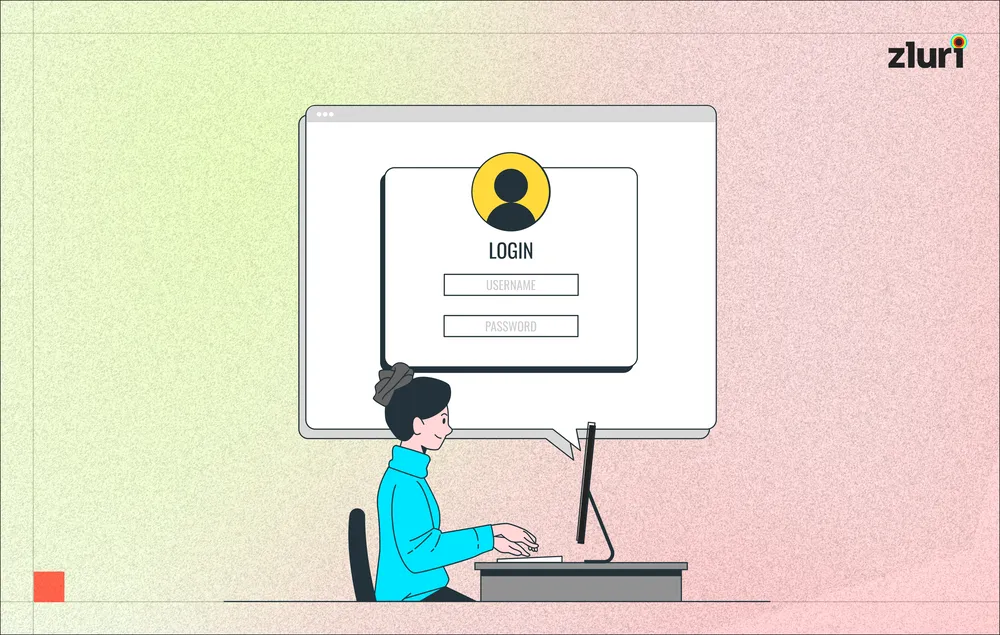
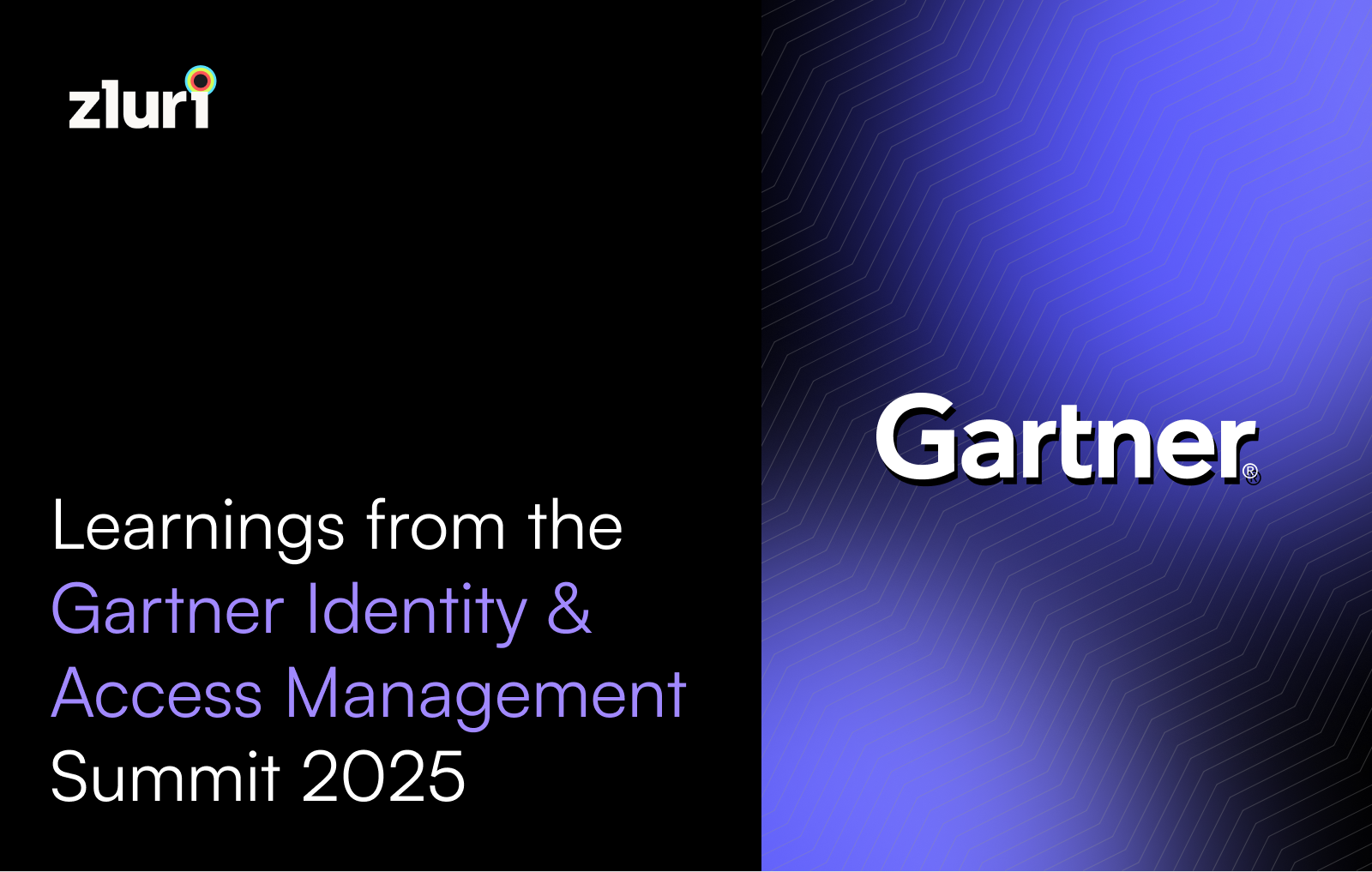
.svg)



